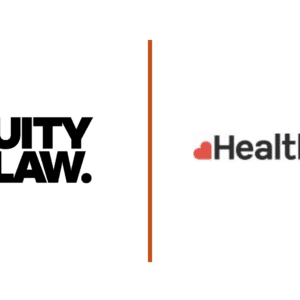Gender Pay Gap Reporting- Are You Ready?
Author: Sam Evans
Key Contact: Claire Knowles
What is gender pay gap reporting and does it apply to my organisation?
According to the Equality Act 2010 (Gender Pay Gap Information) Regulations 2017 (“the Regulations”), private sector organisations with more than 250 employees at company or entity level must submit gender pay gap reports. Private sector organisations must publish these reports by 4th April based on previous gender pay gap calculations on payroll data taken on what is known as the ‘snapshot date’. The snapshot date for private and voluntary employers is 5th April.
In the context of the Regulations, “employee” is taken to mean employees, casual workers and some contractors based in the UK.
Affected employers must include the following in their reports:
- The difference between the median and mean hourly rate of male full-pay relevant employees and female full-pay relevant employees.
- The proportions of male and female relevant employees who were paid bonuses.
- Information on the employer’s gender bonus gap (i.e. the gap between men and women’s mean and median bonus pay covering a 12-month period).
- The proportions of men and women in four separate pay bands, based on the employer’s overall pay range.
- A written statement, signed by an appropriate senior employer, certifying that the published information is accurate.
According to regulation 15 of the Regulations, employers must publish their gender pay gap information on their own website and retain the information online for three years in a manner that is accessible to all employees and members of the public.
How large is the gender pay gap?
According to the Office for National Statistics, the median hourly pay for full-time employees was 7.7% less for women than men in April 2023. This disparity has been borne out in recent news reports involving public and private sector organisations. For instance, the BBC recently reported that the gender pay gap at Peterborough City Council had reached a five year high, with the average hourly rate for men reaching £20.75, compared to £19.48 for women.
However, where an organisation has recorded a higher than anticipated gender pay gap, it might be a good idea to include an optional supporting narrative to contextualise the contents of the report. For instance, figures may have been skewed by one or two highly paid employees or the number of female staff at executive level. Any narrative might also include an action plan setting out clear achievable targets relating to understanding or closing the organisation’s gender pay gap.
The Government Equalities Office has also published statutory guidance setting out recommendations about how to close the pay gap between men and women. These actions include adopting more diverse interview panels for selection, using skills-based and standardised assessment tasks in recruitment, and publishing salary ranges to encourage salary negotiation and transparency.
Note that this guidance is evidence based and the GEO website includes a link containing the data to substantiate its conclusions.
Are there any enforcement mechanisms for failure to publish a gender pay gap report?
For the moment, the Regulations provide no specific sanction for non-compliance. In the absence of sanctions, the EHRC may take action pursuant to its litigation and enforcement policy. In the first instance, the EHRC will send a warning notice to affected organisations who have failed to report. Following this, it may conduct an investigation to ascertain if the organisation in question has breached the Regulations. If the regulator records a breach, then it may send a statutory ‘unlawful act notice’ which will formally notify the organisation to comply with their obligations under the Regulations. If the organisation then fails to comply with the order, the EHRC reserves the right to seek a court order to force compliance with the order.
Otherwise, the EHRC will ‘name and shame’ organisations who have not published their gender pay gap reports. For instance, the equality watchdog named eight employers who failed to publish their gender pay gap data for 2022-2023. At the time of writing, these eight organisations can be found on the EHRC website.
Points for employers to consider prior to the deadline:
- If there have been any changes recorded compared to previous gender pay gap reports. If the pay gap has decreased, then it is important to understand why so that this can be maintained in the future.
- The contents of any supplementary narrative to accompany the gender pay gap report and whether this will require any extra data collection.
- Consider if an action plan is necessary and which steps will be required to draft and implement any plan.
If you have any queries in relation to the above, please get in touch with the Employment team.






